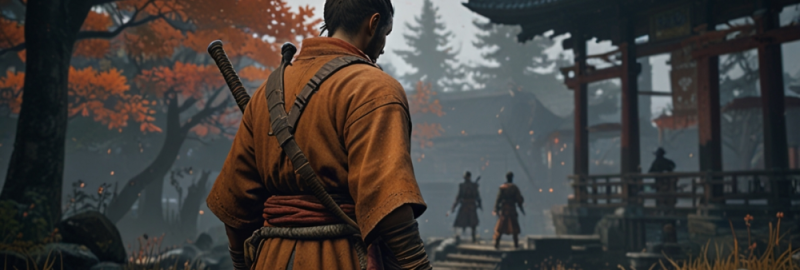
When I first set foot in the war-torn landscapes of Sekiro: Shadows Die Twice, I had no idea what lay ahead. As a shinobi, I was armed with nothing but my wits, a katana, and an unyielding spirit. The daunting task of mastering combat loomed over me like an ominous cloud. Little did I know, the battles I faced would push me to the limits of my abilities, teaching me valuable lessons about patience, precision, and the art of fighting.
Understanding Posture
The first lesson I learned was the importance of posture. In Sekiro, it's not just about depleting your opponent's health. Instead, a warrior's stance plays a crucial role. I discovered that my enemies had a posture meter; once filled, it left them vulnerable to a devastating death blow. By focusing not only on my own posture but also keeping an eye on theirs, I could force openings to strike effectively. Understanding this concept transformed my fighting style, emphasizing the importance of balance between aggression and defense.
Deflecting Attacks
Deflecting incoming attacks soon became a central skill in my arsenal. Each time an enemy swung their weapon at me, I felt the tension as I timed my deflection. The satisfying clang of metal against metal echoed in my ears as I successfully parried blows, immediately creating a window to counterattack. With practice, I honed this ability, realizing that deflecting not only safeguarded my health but also disrupted the foe’s rhythm, giving me the upper hand in combat.
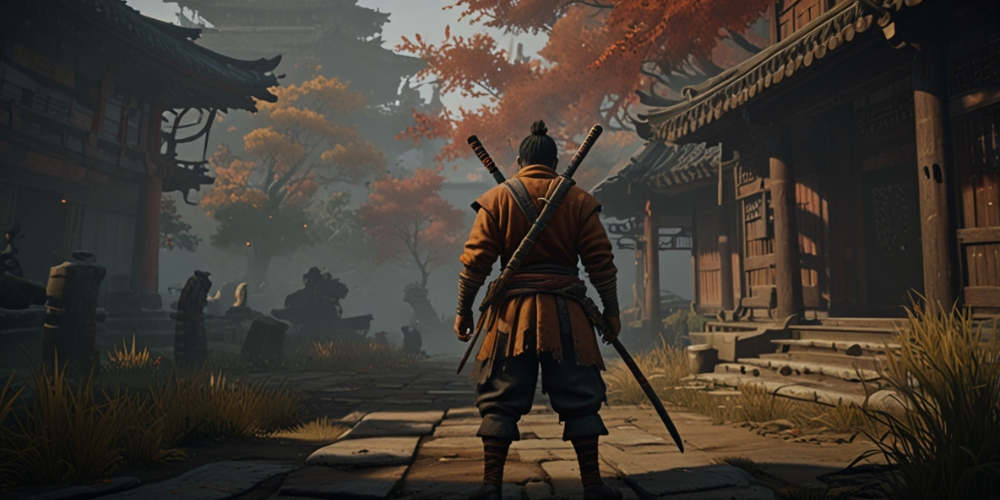
Learning Unorthodox Combat Techniques
As I journeyed deeper into the game, I encountered various enemies, each possessing unique attack patterns and quirks. I had to adapt and learn unorthodox techniques to overcome their distinct styles. Whether it was a sudden jump to evade a heavy attack or a quick dash to outrun a powerful charge, I found myself experimenting with different moves. This fluidity in combat helped me forge my style, allowing me to tackle challenges head-on.
Utilizing Grappling Hook Mechanics
The grappling hook was a revelation. I quickly discovered that it wasn't just a means of navigating the world but a game-changer in combat as well. Climbing to higher ground gave me a tactical advantage, allowing me to drop down for surprise attacks. Being able to soar above foes also provided my escape routes when battles became overwhelming. The thrill of executing a grappling hook mechanic during a confrontation added intensity and a layer of strategy to my approach.
The Art of Stealth
Embracing my role as a shinobi meant mastering the art of stealth. There were moments when direct confrontation was ill-advised, and I learned to choose my battles wisely. Silent takedowns became a favored tactic; eliminating enemies before they even saw me approach saved me from exhausting encounters. I crouched in shadows, stalked my prey, and reveled in the satisfaction of taking out unsuspecting foes without a sound. Stealth not only provided a sense of power but also deepened my tactical thinking.
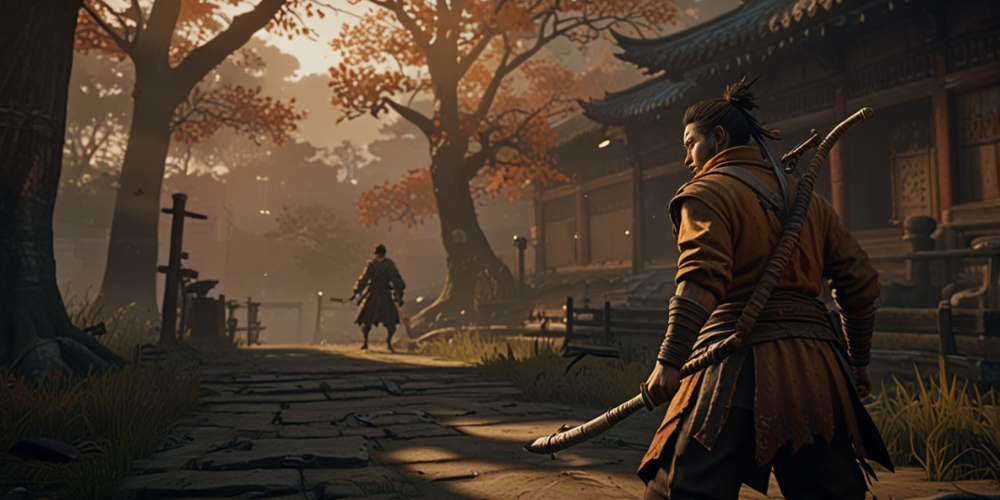
Mastering Skills and Combat Arts
Skill acquisition played a pivotal role in enhancing my combat capabilities. As I progressed, I unlocked unique combat arts and taken my fighting techniques to another level. Each combat art had its distinct style, and I was often torn between maintaining my favored moves or switching to new ones. Nevertheless, I learned that flexibility was key. Experimenting with different skills not only diversified my approach but often proved essential against formidable enemies.
Understanding Enemy Types
Every encounter brought new lessons, particularly in understanding enemy types. From fast-attacking bandits to the monstrous beasts of the land, I had to analyze each foe's behavioral patterns. Single opponents demanded different strategies than groups, and I learned to exploit their weaknesses. Some enemies relied heavily on blocking, while others became reckless in their aggression. Adjusting my tactics based on these observations allowed me to tailor my approach and thrive in combat.
Environmental Awareness
Environmental awareness proved to be a powerful ally. The landscapes I traversed were not mere backdrops; they held potential advantages in fights. I utilized trees, walls, and terrain to my advantage, creating barriers between me and my foes. I learned how to lead enemies into perilous positions or use the environment as a shield. Each battleground provided opportunities for strategic maneuvering, changing the dynamics of combat entirely.
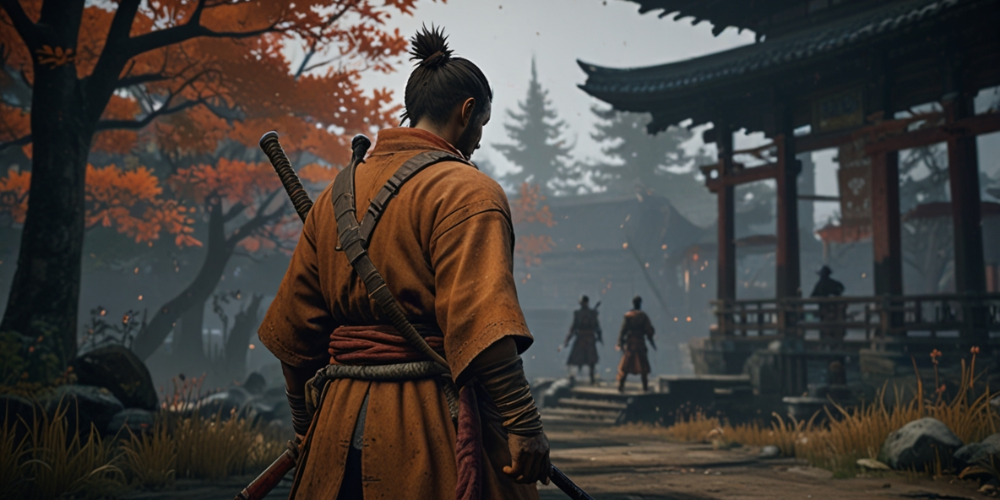
The Importance of Healing Items
Throughout my journey, I became acutely aware of the necessity of healing items. The healing gourd became my lifeline in dire situations. Understanding when to use them was crucial; I learned the hard way that being too reliant could lead to my downfall. Managing my health effectively transformed how I approached every encounter, making me more cautious but also bolder, knowing I had my gourd at the ready.
The Role of Spirit Emblems
During my combat encounters, spirit emblems became essential tools. The abilities they unlocked provided unique options, enhancing my gameplay and strategies. I learned quickly that I needed to balance my spirit emblem usage. Utilizing powerful techniques while managing my resources ensured longevity in battles. The decision of when to unleash a special ability became a strategic choice, often altering the course of a skirmish.
Facing Mini-Bosses and Bosses
As I ventured through the game, I began to face mini-bosses and eventually major bosses—trials that would test every skill I had honed. Each encounter felt monumental as they brought unique challenges and abilities to the forefront. I often spent hours trying to decipher attack patterns, learning to read their movements, and patiently waiting for my moment to strike. The excitement of conquering these challenging opponents created a feeling of achievement that motivated me to strive for even greater progress.
Seeking Guidance from NPCs
Throughout my journey, I found unexpected allies in NPCs scattered across the land. They often provided me with valuable knowledge and insights. Speaking with them revealed secrets about combat strategies that would prove beneficial. I learned the significance of their stories, which sometimes connected to the techniques I required to evolve. The rich lore surrounding these characters deepened my understanding of combat within the world of Sekiro.
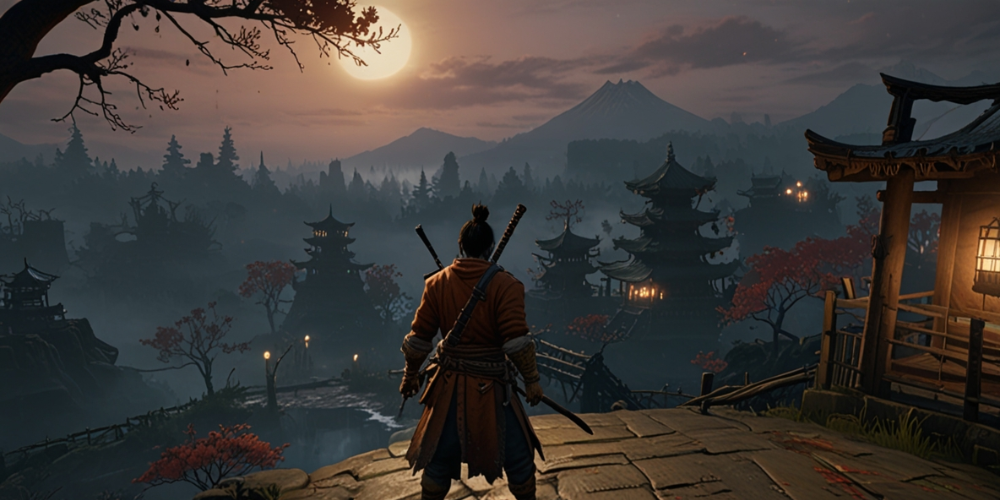
Refining My Technique Through Practice
Ultimately, the key to mastering combat lay in consistent practice. Each encounter served as a learning opportunity; the more I fought, the more agile and aware I became. The infamous "Practice Makes Perfect" concept rang true as I revisited previous foes to engage them with newfound knowledge. I embraced the grind, the fails, and the victories alike, recognizing that every attempt brought me closer to mastering the intricacies of combat.
Cultivating Resilience
Perhaps the most significant lesson I absorbed along my journey was the necessity of resilience. Failure became a part of my experience. Instead of becoming discouraged, I channeled my frustration into learning. Each defeat, each setback, reminded me of the challenge and pushed me to improve. The emotional rollercoaster of combat built resilience within me, which was just as valuable as any combat skill I could perfect.
Embracing the Shinobi Life
With each battle fought and every enemy dispatched, I embraced the essence of the shinobi life. The pursuit of mastery extended beyond mere skill; it represented a commitment to overcoming obstacles, channeling my determination into relentless improvement. I came to realize that the beauty of Sekiro: Shadows Die Twice lay not just in the challenges it presented, but also in the profound journey of growth and resilience that combat instilled within me.